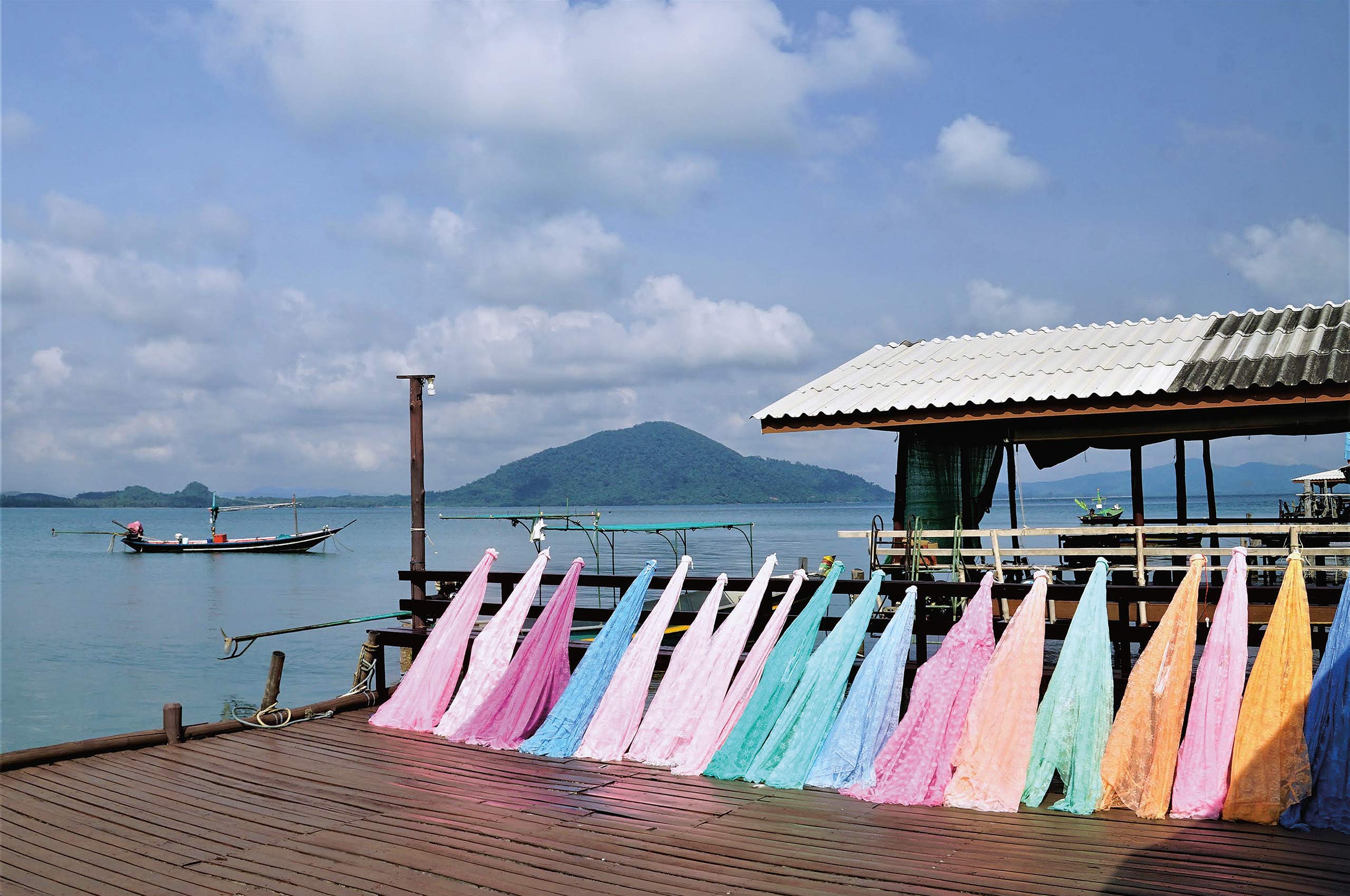The small village of Anacla lies on the west coast of Vancouver Island, on Pachena Bay, at the edge of the Pacific Rim National Park Reserve. The Huu-ay-aht First Nation has lived here for centuries, but the spectre of something ominous hangs over the village. Anacla is adjacent to the Cascadia subduction zone and, according to Earthquakes Canada, close to the predicted epicentre of BC’s next megathrust earthquake.
The last earthquake that measured over 9.0 magnitude in BC occurred in 1700; it shook the coast to its foundations and sent a tsunami as far away as coastal Japan. In 1964 Chief Louis Nookmis of the Huu-ay-aht First Nation recorded the oral history of the 1700 earthquake, which had been passed down over seven generations. He described the earthquake and subsequent tsunami that struck on a winter night, as well as the loss of almost everyone in Pachena Bay.
Urban Preparedness
When asked what would happen in the event of a 9.0-magnitude earthquake in Vancouver, Ann Pacey of Dunbar Earthquake and Emergency Preparedness (DEEP), responds immediately: “Pandemonium.” She says the effects of such an earthquake would be catastrophic to buildings but even more so to infrastructure. Pacey believes that although issues persist, buildings have generally been “built to good codes” in BC in anticipation of a megathrust earthquake. Infrastructure, however, presents larger problems. “We’ve got a lot of isolation issues,” she says, explaining that if there is a big earthquake, infrastructure, and particularly bridges, “will need to be inspected before [they] can be opened again. It could take days, it could take weeks.” That means many communities will be left to fend for themselves in the event of a major earthquake.
Further inland and on Vancouver Island, Pacey feels the outlook is somewhat better. She believes that communities that have become accustomed to dealing with BC’s rampant forest fires will be better equipped to respond to earthquakes. Additionally, smaller towns tend to have a better sense of community connectedness, which Pacey sees as the first line of defence in any emergency scenario.
Vancouver does not have the advantages of that kind of close-knit community and the upheavals caused by Vancouver’s housing crisis can make the development of cohesiveness more difficult. Pacey says the same is true in bedroom communities on Vancouver Island and commuter towns in general, where community connections have not had a chance to develop.
Close-knit Community
Anacla, with a population of around 80 people, has the advantage of being a close-knit community, but they also have a thorough emergency preparedness strategy. Chief Councillor Robert Dennis of the Huu-ay-aht First Nation recalls when, in the late 1990s, the council considered a new community centre in Anacla. “One of our Elders got up at a community meeting and reminded us of the tsunami … that wiped out our village, the one in the 1700s. And they said to the community, ‘I don’t think we should build down there anymore. We should start building our infrastructure and our community and move it to higher ground,’” he says. According to Dennis, that reminder, combined with warnings from geologists, prompted the Huu-ay-aht First Nation to take action.
The first thing that the Elder recommended at the community meeting was building a place where people could be housed safely in the event of a tsunami. The House of Huu-ay-aht, completed in 2000, was built to be that place. Dennis describes it as “a community hall with the ability to become an evacuation center,” as it is equipped with enough emergency supplies to last everyone in Anacla three weeks. According to Dennis, specific emergency kits are allotted for each household and each is labelled with the names of the residents.
By contrast, the City of Vancouver has instituted the Neighbourhood Emergency Preparedness Program (NEPP), which focuses on individual and family preparedness. According to Pacey, this is the lowest level of emergency preparedness as it leaves the communities as a whole without a plan. Pacey is a member of another program, the Neighbourhood Emergency Assistance Team (NEAT), which trains volunteers to help professional first responders in the event of earthquakes or other disasters. According to the City of Vancouver website, both of these programs are not currently accepting volunteers. Moreover, Pacey says that so far only 600 to 700 people have been trained by NEAT. This is only a “handful of people versus a population of 700,000 permanent [residents],” Pacey says, adding that during events and work days there are “maybe a couple million people that are actually in the downtown Vancouver core area.” It is clear that 600 to 700 people is not enough to ensure everyone’s safety.
Making Headway
According to Pacey, DEEP has made great headway. They have developed working models for emergency response, equipped the Dunbar Community Centre, and even run a series of live drills. The response from the city, however, has been less than encouraging.
Coupled with the lack of opportunities for training, earthquake preparedness does not seem to be a priority for Vancouver. But it should be. The geological record and oral history of the region tell us we should be expecting another megathrust earthquake in the near future. In Anacla, where the history of the earthquake in 1700 has been passed on for centuries, the Huu-ay-aht First Nation are ready for the worst. This is a community that has taken the science and their history seriously.











